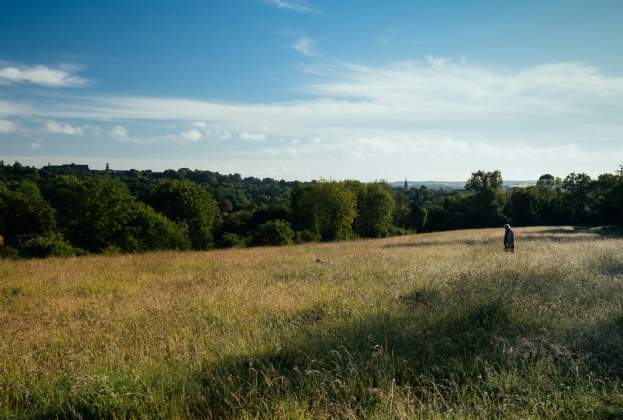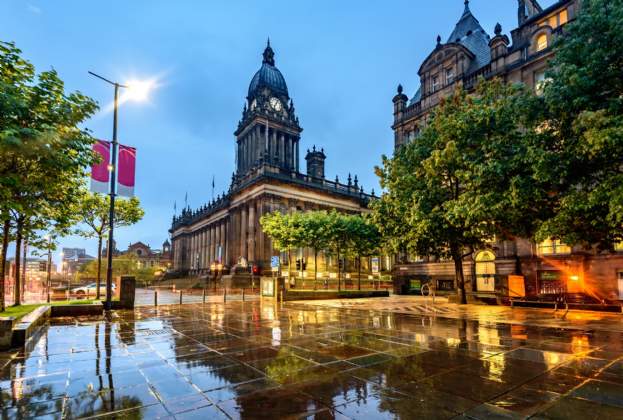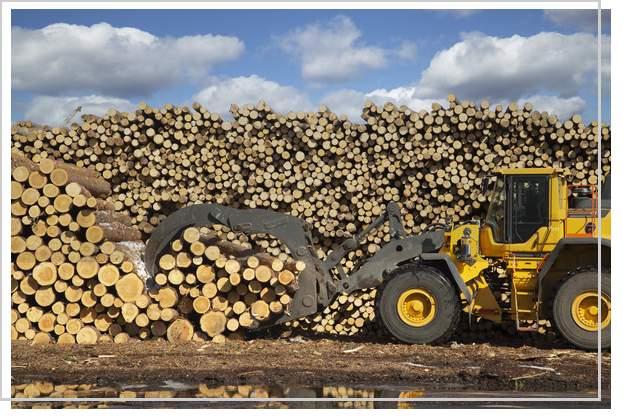In November, the London Overground network celebrated its 10th anniversary. Implemented to provide better connections between areas outside central London, it takes in over 100 stations and has operated more than one billion journeys since its inception.
A decade on and those living along the line between New Cross Gate and Dalston are set to see the introduction of a 24-hour service. Operating on Friday and Saturday nights, it will mean enhanced connectivity for those working through the night or enjoying the capital’s nightlife. Next year, the service will be extended to run between New Cross Gate and Highbury & Islington. We found that average values around stations with a night service had shown average house price growth of 5.9 per cent compared to all other tube stations at 3.8 per cent and the Greater London average at the time of 4.5 per cent.
So what effect has the London Overground had on property prices to date and which stations have had the greatest impact? Our latest research reveals the top 10 stations in terms of both average house prices today and the 10-year change, as well as the top 10 most affordable stations. We have also explored the average house price and 10-year change for each line on the network.
.jpg)




.png)
.jpg)
.jpg)




(1).jpg)
.jpg)
